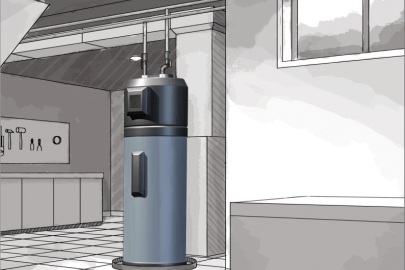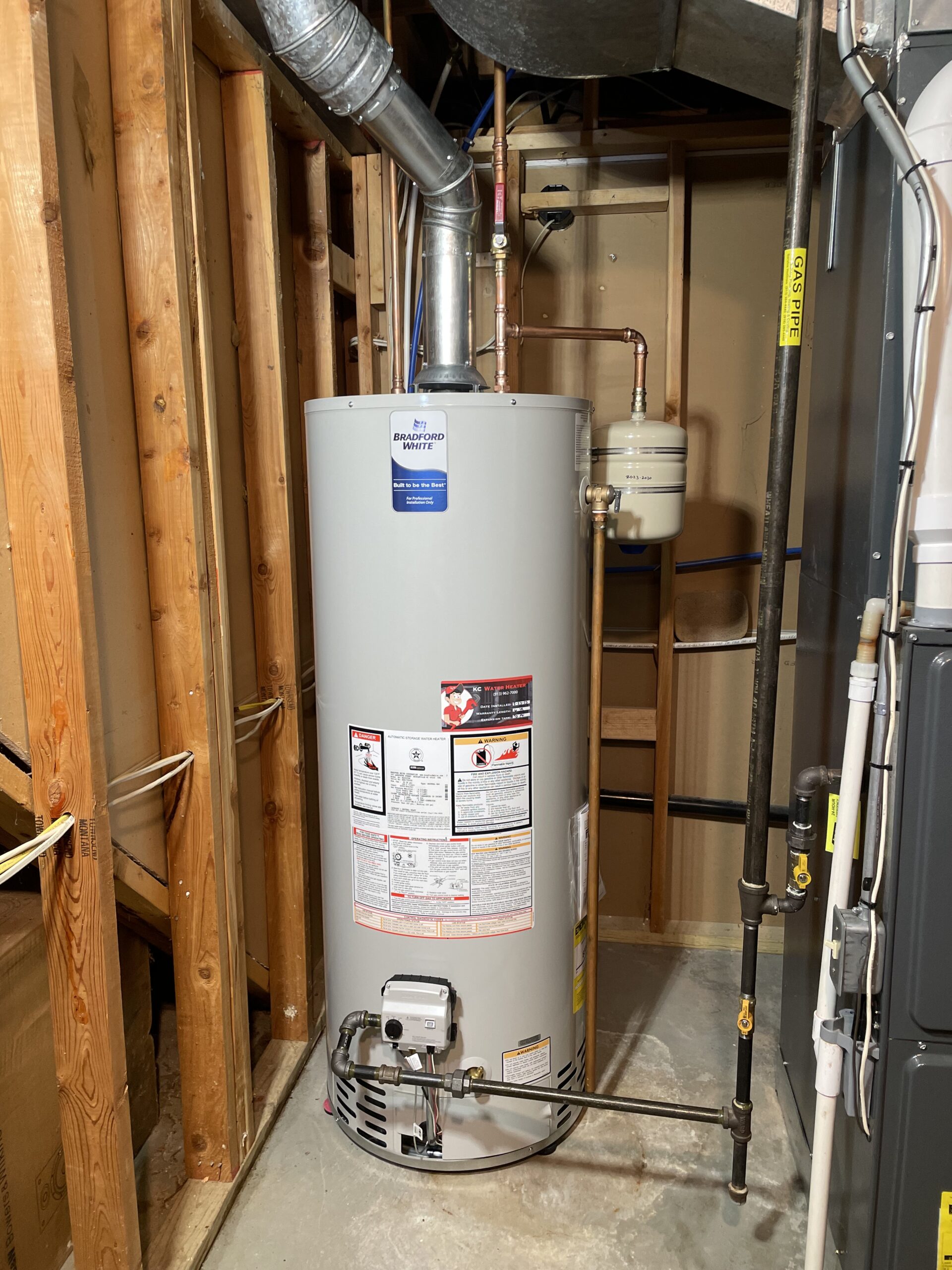Maintaining Your Home's Hot Water System: Important Tips
Maintaining Your Home's Hot Water System: Important Tips
Blog Article
The content down below on the subject of How to Maintain Your Water Heater & Prolong its Life is rather engaging. Give it a try and make your own personal conclusions.

Warm water is vital for day-to-day convenience, whether it's for a rejuvenating shower or washing meals. To guarantee your warm water system runs effectively and lasts longer, routine upkeep is crucial. This short article provides practical tips and understandings on how to preserve your home's warm water system to avoid disruptions and expensive repair work.
Intro
Preserving your home's hot water system could seem daunting, yet with a couple of simple steps, you can ensure it runs smoothly for years ahead. This guide covers everything from comprehending your hot water system to do it yourself maintenance suggestions and recognizing when to contact expert aid.
Value of Keeping Your Hot Water System
Regular maintenance not only extends the life-span of your warm water system however also guarantees it runs efficiently. Ignoring upkeep can cause reduced efficiency, greater energy costs, and even premature failure of the system.
Indications Your Hot Water System Requirements Upkeep
Recognizing when your hot water system needs focus can avoid significant issues. Watch out for indicators such as inconsistent water temperature level, strange noises from the heater, or rustic water.
Recognizing Your Warm Water System
Prior to diving right into maintenance tasks, it's helpful to comprehend the basic parts of your warm water system. Typically, this consists of the water heater itself, pipelines, anode poles, and temperature controls.
Monthly Maintenance Tasks
Normal regular monthly checks can assist capture small concerns prior to they intensify.
Flushing the Hot Water Heater
Flushing your water heater gets rid of sediment accumulation, improving performance and extending its life.
Monitoring and Replacing Anode Rods
Anode rods protect against rust inside the storage tank. Inspecting and changing them when worn is critical.
Examining and Changing Temperature Level Setups
Readjusting the temperature settings ensures optimum performance and security.
DIY Tips for Upkeep
You can execute a number of upkeep tasks yourself to maintain your warm water system in top problem.
Checking for Leaks
On a regular basis examine pipelines and connections for leakages, as these can cause water damages and greater expenses.
Evaluating Stress Alleviation Valves
Checking the pressure relief valve ensures it functions properly and protects against extreme pressure build-up.
Protecting Pipelines
Protecting hot water pipes reduces warmth loss and can conserve power.
When to Call a Professional
While DIY maintenance is useful, some issues call for professional know-how.
Complicated Problems Calling For Specialist Help
Examples include major leaks, electrical troubles, or if your water heater is consistently underperforming.
Routine Expert Maintenance Conveniences
Expert upkeep can consist of complete inspections, tune-ups, and ensuring compliance with safety standards.
Conclusion
Routine maintenance of your home's hot water system is essential for performance, durability, and cost financial savings. By following these suggestions and understanding when to seek expert assistance, you can guarantee a reputable supply of warm water without unexpected disruptions.
Water Heater Maintenance: The Basics
Maintaining your water heater will ensure it operates efficiently and has a longer lifespan. Neglecting regular maintenance can lead to costly repairs and an even bigger chunk of your savings if you have to replace it sooner than necessary. But there’s good news: Most water heater maintenance tasks are relatively simple and easy for homeowners with basic DIY skills.
Flush the Water Heater
Over time, sediment and minerals can build up in the tank, reducing its efficiency and potentially causing damage. To flush the tank, turn off the power or gas supply, attach a hose to the drain valve near the bottom and open the valve to drain the water until it runs clear. Ideally, flush the tank annually.
Replace the Anode Rod
The anode rod is a sacrificial metal rod that helps prevent corrosion inside the tank. Inspect and replace it every three to five years or per the manufacturer's recommendation. To replace the anode rod, turn off the power or gas supply, drain a few gallons of water from the tank, unscrew the old rod and replace it with a new one. If the anode rod is significantly corroded or covered in calcium buildup, it's a sign the water heater may need to be replaced soon.
Tune-Up
A yearly tune-up can help identify potential issues and ensure your water heater operates at peak efficiency. This typically involves checking the thermostat, burner assembly (for gas heaters) and any other components specified by the manufacturer. During a tune-up, the technician may also clean the burner and adjust the pilot light (for gas heaters) or examine the heating elements (for electric heaters).
How to Maintain Your Water Heater
Insulate the tank. Insulating the tank can improve energy efficiency and reduce heat loss, saving you money on energy bills. You can purchase precut insulation blankets designed specifically for water heaters or use standard fiberglass insulation wrapped securely around the tank. Check the temperature. The recommended water temperature for most households is around 120 degrees Fahrenheit (49 degrees Celsius). Higher temperatures can increase energy costs and potentially cause scalding. Use a kitchen thermometer to check the temperature at the faucet nearest the water heater. Monitor water pressure. Excessive water pressure can strain the water heater and cause leaks or even tank failure. Install a pressure-reducing valve if necessary. The ideal water pressure range is between 60 and 70 PSI (pounds per square inch). Test the temperature and pressure (T&P) relief valve. The T&P relief valve is a safety feature that releases pressure if the tank gets too hot or the pressure builds up too high. Test it annually by lifting the lever and allowing a small amount of water to release. Replace the valve if it doesn't release water or reseal properly. Check for leaks. Regularly inspect the tank, pipes and fittings for leaks or corrosion. Deal with issues promptly to prevent further damage. Even a small leak can lead to significant water damage over time. Consider a tankless water heater. If your traditional tank-style water heater is nearing the end of its lifespan ( typically 10 years), consider replacing it with a tankless water heater. These units heat water on demand, reducing standby energy losses and potentially saving you money on your energy bills. Schedule professional maintenance. While homeowners can perform many water heater maintenance tasks, it's still a good idea to schedule professional maintenance every few years. A plumber or HVAC technician can thoroughly inspect the unit, identify potential issues and ensure it operates safely and efficiently. https://www.homeserve.com/en-us/blog/home-improvement/hot-water-heater-maintanence/

I am just very involved in Water Heater Maintenance Tips You Can't Afford to Forget and I really hope you appreciated my blog post. Feel free to set aside a second to distribute this blog posting if you liked it. Thank-you for taking the time to read it.
Call Today Report this page